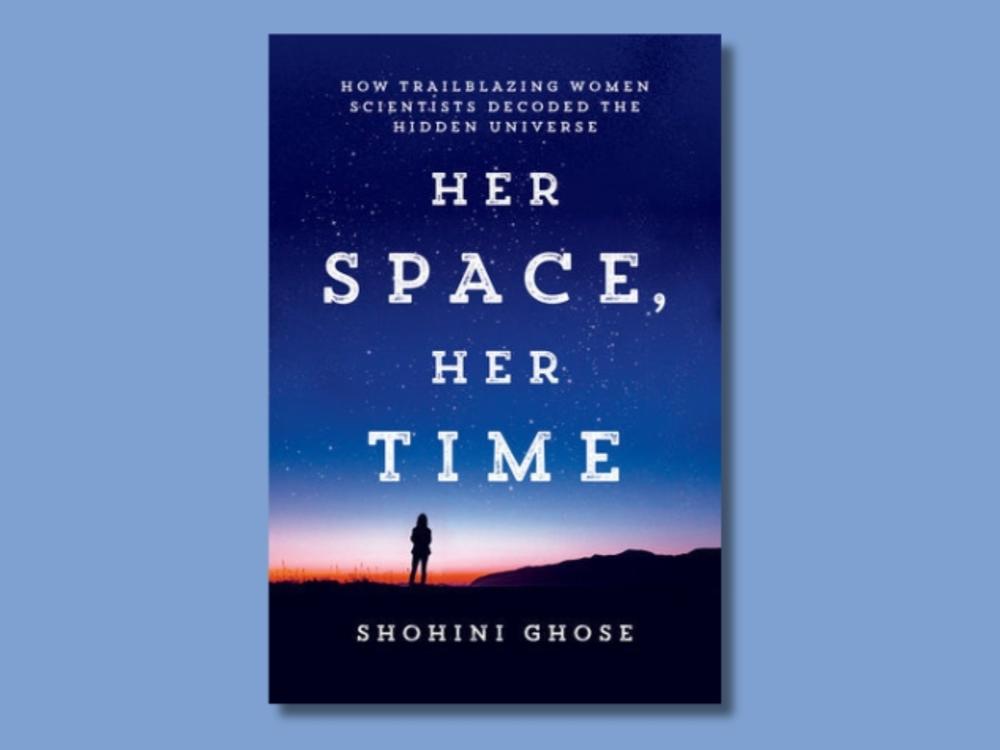Section Branding
Header Content
This Women's History Month, how physics connects two Bengali women born decades apart
Primary Content
When Shohini Ghose was studying physics as a kid, she heard certain names repeated over and over. "Einstein, Newton, Schrodinger," she recalls. "They're all men."
Ghose is a quantum physicist and a physics and computer science professor at Wilfrid Laurier University. Growing up, she questioned why these men were the only type of famous physicist she knew. "I was certain there must have been other women before me who were interested in physics," says Ghose. "The more I dug, the more I found that we don't tell their stories."
Ghose started digging through archives and old research papers, finding names of women in the footnotes. As she researched, she unearthed a lineage of women from around the globe who helped push science forward: Wu Chien-Shiung, the brilliant particle physicist born in China; Elisa Frota-Pessôa, the Brazilian experimental physicist; Bibha Chowdhuri, the Indian physicist who helped discover not one but two fundamental particles.
Ghose decided to write a book about some of the women scientists missing from her physics textbook. It's called Her Space, Her Time: How Trailblazing Women Scientists Decoded the Hidden Universe.
Of all the women, Bibha Chowdhuri holds a special place in Ghose's heart. They're both Bengali physicists, and they grew up in the same city in India — 60 years apart. Learning about Chowdhuri has given Ghose a new idol. It's also reminded her that for how much the world has changed, there's still much ground to cover for women in physics. And Ghose is part of that history as well.

